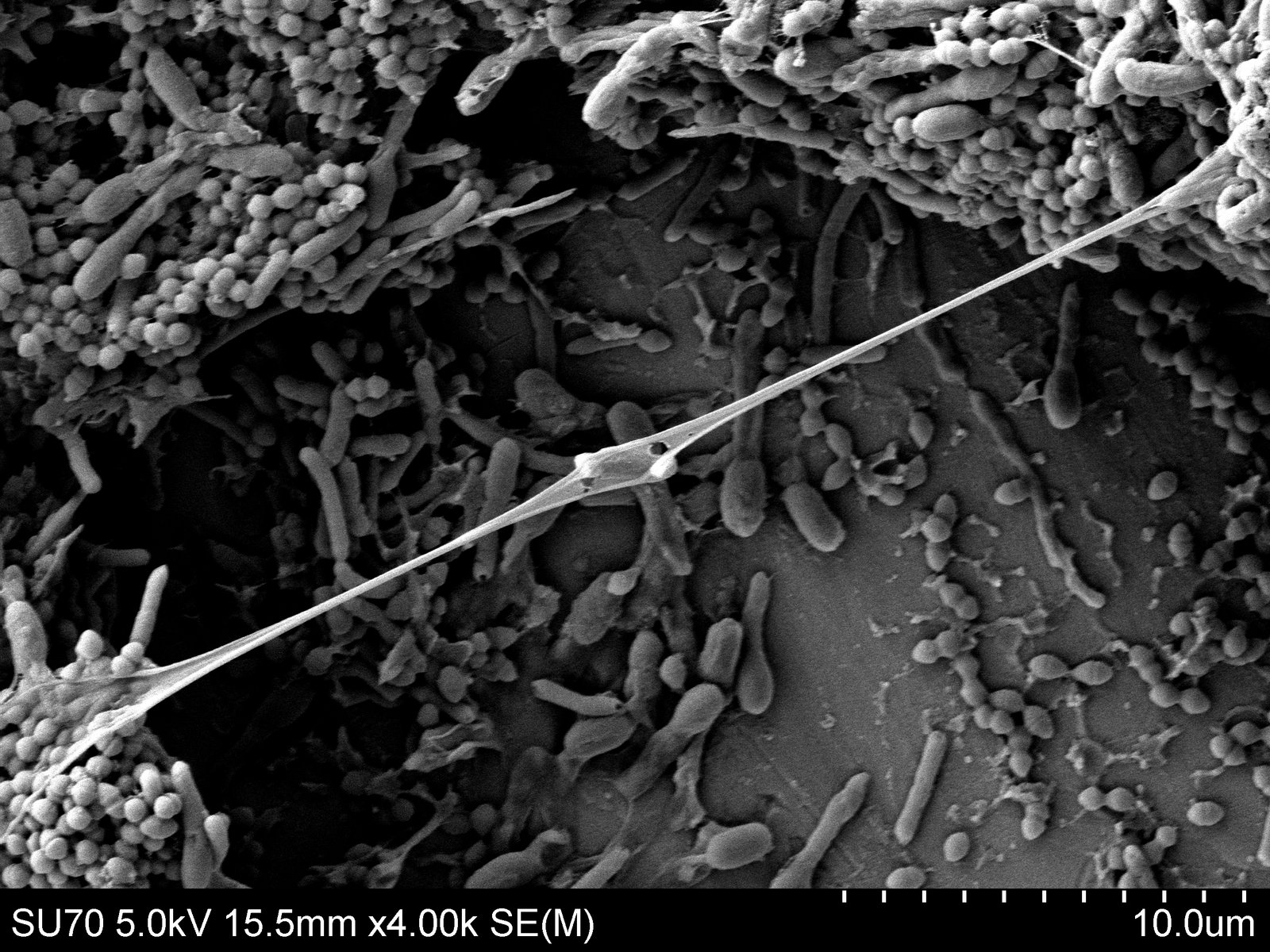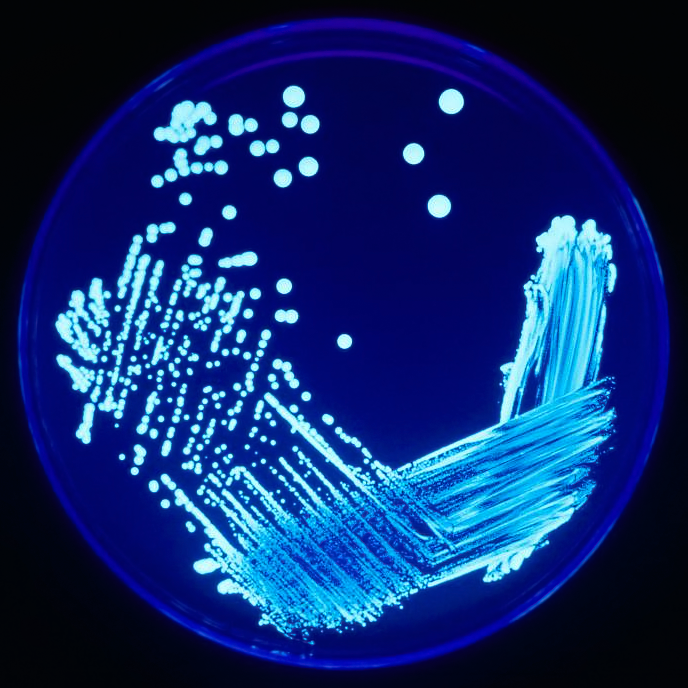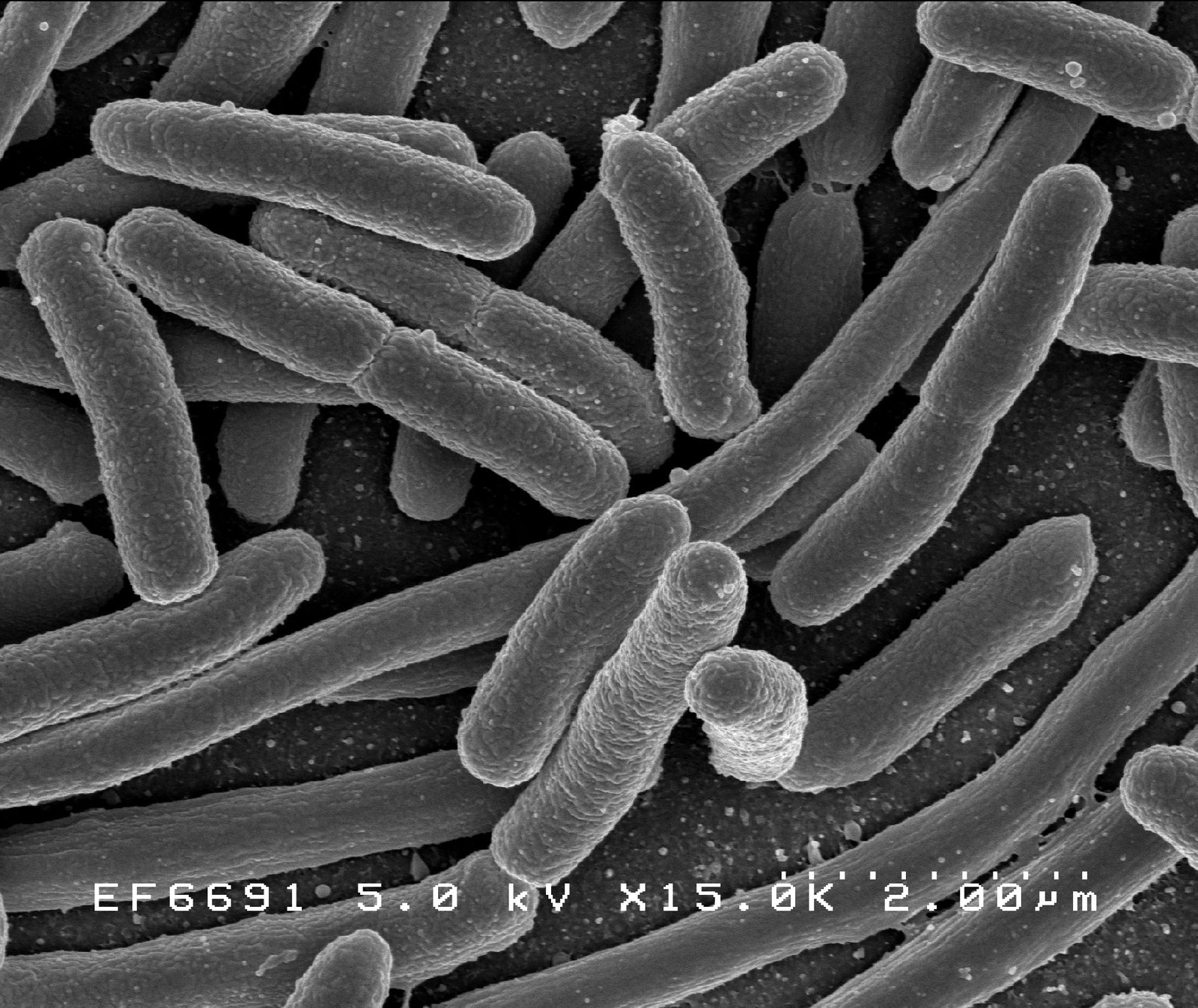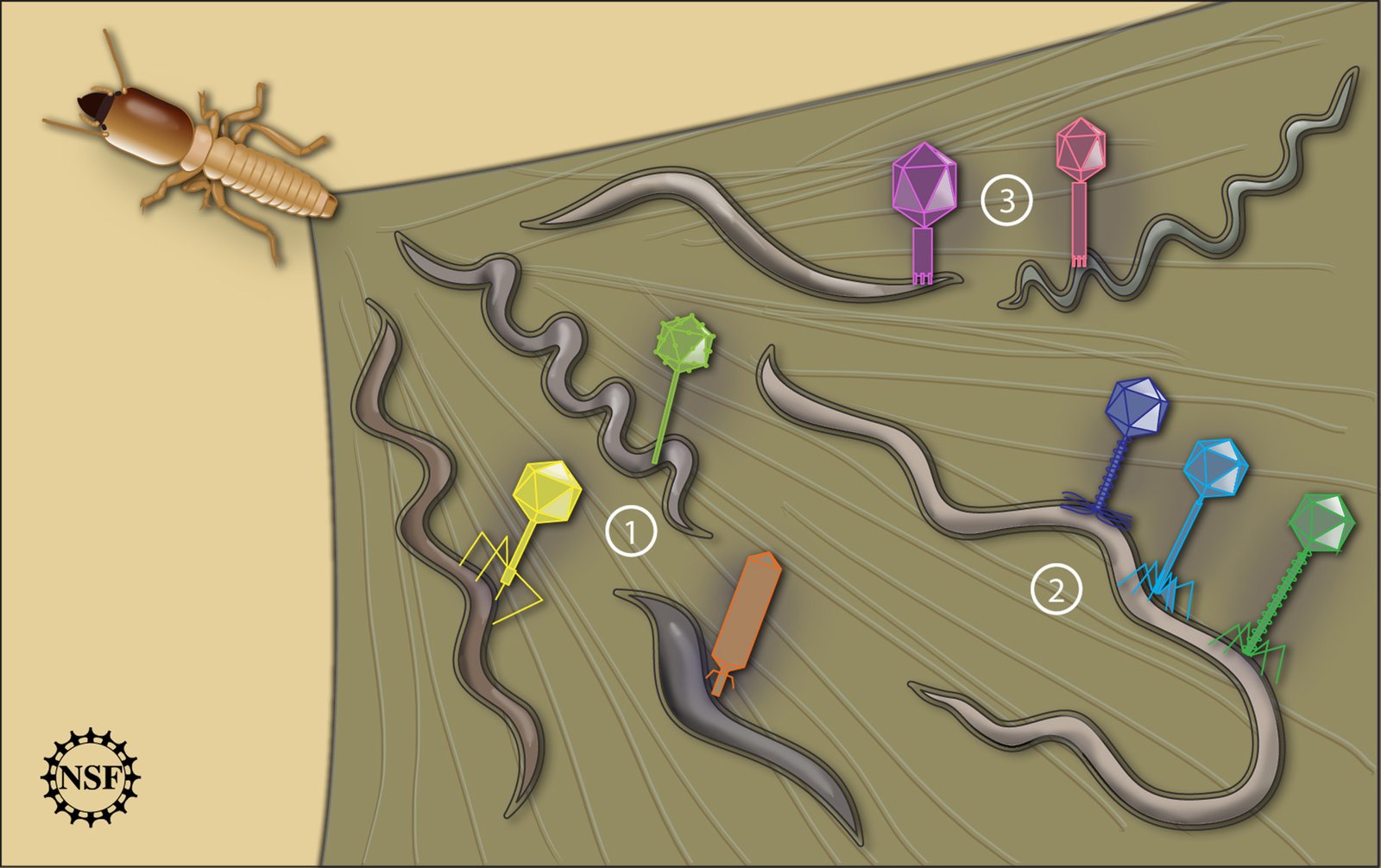Imagine a world so tiny and crowded that every whisper matters, where invisible creatures are constantly exchanging secret messages that shape our health, our environment, and the fate of entire ecosystems. This hidden conversation is happening all around us—and even within us—each and every moment. It’s the language of bacteria, those minuscule beings we often associate only with disease or dirt. But what if I told you that bacteria have their own intricate social networks, and their chatter is more influential than most people ever realize? The story of how bacteria “talk” to each other is not just a scientific curiosity—it’s a thrilling glimpse into the secret codes of life itself, and it’s changing the way we see the world.
The Astonishing Discovery of Bacterial Communication
For much of history, scientists believed bacteria were simple, solitary organisms, drifting through life without any form of communication. That all changed in the late 20th century, when researchers stumbled upon a phenomenon that seemed almost unbelievable: bacteria were sending chemical signals to each other, coordinating their actions as if they were a single, multicellular organism. This realization came after observing the glowing patterns of Vibrio fischeri bacteria inside squid, which only lit up when enough bacteria gathered together. The term “quorum sensing” was coined to describe this group decision-making process. Suddenly, the microbial world was seen not as a chaotic jumble, but as a buzzing community full of voices and negotiations.
Quorum Sensing: The Secret Language of Bacteria
Quorum sensing is the name scientists give to the way bacteria “listen” and “speak” to each other using chemical messengers. These messengers, called autoinducers, are released by individual bacteria into their environment. As the bacterial population grows, the concentration of these signals increases. Once a tipping point is reached, the bacteria detect the crowd and collectively alter their behavior—like switching on bioluminescence, forming protective films, or launching an attack on a host. It’s almost like a bacterial town meeting, where only when enough voices are present does the group take action. This ability to sense numbers gives bacteria surprising power to act as a united force.
The Chemical Chatter: How Messages Are Sent and Received
Unlike human language, bacterial communication doesn’t rely on words or sounds. Instead, it’s all about chemistry. Each species of bacteria produces its own special blend of signaling molecules—some simple, others complex—tailored to specific tasks. These molecules float through the environment and fit into receptor proteins on neighboring bacteria, much like a key fits into a lock. When the right signal binds, it triggers a cascade of changes inside the cell, flipping genetic switches on or off. This chemical “whispering” is incredibly precise, allowing bacteria to coordinate everything from movement to gene expression. It’s a molecular Morse code, delivered silently but with potent results.
What Are Bacteria Really Saying?
So, what are bacteria talking about? Their conversations can be surprisingly sophisticated. Sometimes, they’re discussing when to stick together and form biofilms—those slimy layers you see on river rocks, teeth, or medical devices. Other times, they’re plotting a coordinated attack, like when pathogenic bacteria wait until their numbers are strong before unleashing toxins on a host. Bacteria also share information about available nutrients or warn each other about threats, like antibiotics. In some cases, they even “eavesdrop” on other species, intercepting foreign signals to gain an advantage. Each message can mean the difference between survival and extinction in the microbe’s fast-paced world.
Biofilms: The Power of Bacterial Teamwork

One of the most dramatic outcomes of bacterial communication is the creation of biofilms. In these complex communities, bacteria work together to build protective layers that shield them from harm. Think of a biofilm as a microscopic city, complete with walls, channels, and shared resources. Dental plaque is a classic example, as is the slippery coating inside water pipes. Once bacteria settle down and form a biofilm, they become much harder to eliminate—antibiotics struggle to penetrate, and immune cells can’t easily attack. This teamwork makes bacteria incredibly resilient, and it all starts with a chemical conversation about when and where to gather.
Cross-Species Conversations: Bacteria and Their Neighbors

Bacteria don’t just “talk” to their own kind. Many are multilingual, able to both send and recognize signals from unrelated species. This cross-species communication is vital in places like the human gut, where hundreds of bacterial types live side by side. Some bacteria use universal signals—such as a molecule called AI-2—that can be understood by many different microbes. Through this shared language, bacteria coordinate complex tasks, balance competition and cooperation, and even influence the health of their hosts. It’s a microbial version of diplomacy, with alliances, rivalries, and delicate negotiations unfolding every second.
Bacterial Gossip: Cheating and Manipulation
Not all bacterial communication is friendly or honest. Just like in human society, some bacteria try to cheat the system. They might listen in on signals but refuse to contribute to group efforts, benefiting from the work of others without paying the price. Some even produce misleading signals to disrupt rivals or sabotage competitors’ plans. Scientists have discovered “quorum quenching” molecules that bacteria use to block or degrade the messages of others. This microbial gossip and trickery add a whole new layer of intrigue to the invisible world beneath our feet, showing that even simple organisms can be cunning and strategic.
The Human Connection: Bacterial Chatter and Our Health
We are not alone; our bodies are home to trillions of bacteria, many of which rely on quorum sensing to thrive. These whispering microbes can help digest food, protect against harmful invaders, or—in the case of pathogens—coordinate infections. Disruptions in their communication can lead to disease, while healthy “conversations” can support our immune system. Scientists are now exploring ways to tune in to these bacterial messages, hoping to develop therapies that block harmful signals or encourage beneficial ones. The stakes are high, as understanding this hidden dialogue could transform how we treat infections, gut disorders, and even chronic diseases.
Fighting Infection by Interrupting Bacterial ‘Talk’

As antibiotic resistance becomes a global crisis, researchers are searching for new ways to outsmart dangerous bacteria. One promising approach is to jam their communication lines instead of killing them outright. By developing drugs that block quorum sensing, scientists hope to prevent bacteria from launching coordinated attacks or forming stubborn biofilms. This strategy could make infections easier to treat and reduce the pressure that drives antibiotic resistance. Already, some experimental medicines can silence bacterial signals in the lab, offering hope for a new generation of targeted therapies that disarm microbes without collateral damage.
Bacterial Communication in the Environment

The secret conversations of bacteria don’t just affect us—they shape the entire planet. In soil, water, and air, bacterial chatter coordinates the breakdown of waste, cycling of nutrients, and support of plant growth. For example, certain soil bacteria use quorum sensing to decide when to release enzymes that help plants absorb nitrogen. In oceans, bacterial signals regulate the blooming of algae and the health of coral reefs. When these microbial conversations are disrupted—by pollution, climate change, or human interference—the balance of entire ecosystems can be thrown off. Understanding this hidden language is crucial for protecting our environment and supporting sustainable agriculture.
The Future: Decoding and Harnessing Bacterial Languages
What if we could fully understand and even “speak” the language of bacteria? Scientists are racing to decode the chemical vocabularies of different species, using new tools in genetics, chemistry, and computing. Some researchers are even engineering bacteria to communicate in novel ways, creating living sensors that can detect toxins or deliver medicine inside the body. The possibilities seem endless: from cleaning up oil spills to fighting cancer, the ability to tune into bacterial conversations could revolutionize technology, medicine, and environmental science. As we learn more, our view of bacteria shifts from enemy to indispensable partner in the story of life.
A World Alive with Voices
The realization that bacteria are constantly “talking” to each other, orchestrating their lives through chemical codes, changes everything about how we see the microbial world. Their hidden messages shape our health, our environment, and even the course of evolution itself. By listening to what bacteria are saying—and learning to speak their language—we unlock new frontiers in science, medicine, and ecology. The next time you brush your teeth, take a walk in the forest, or simply breathe, remember: you’re surrounded by a universe of tiny voices, chattering away in a language that’s been spoken for billions of years.




